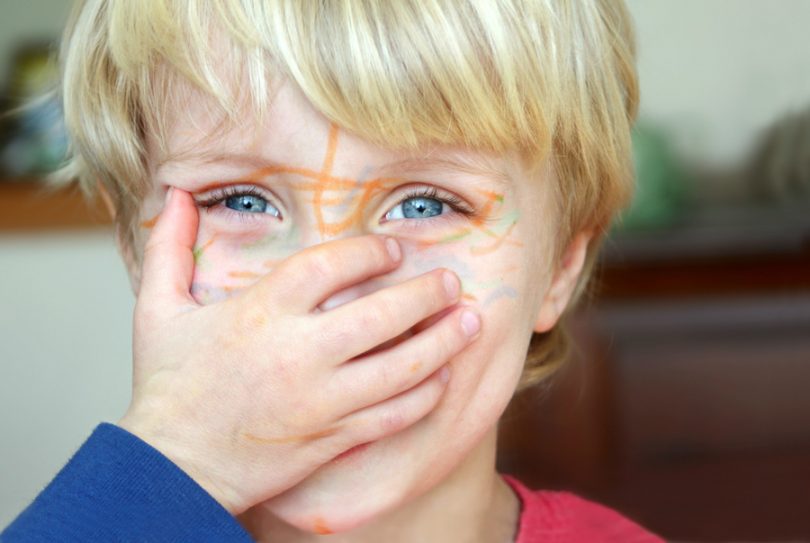You were filled with joy when your little one first murmured “mama” or “dada.” And slowly your toddler started repeating every word.
But what if you notice a lisp, hoarseness or trouble pronouncing words? Is it normal?
“Speech development in children is a continual process, from babbling as a baby through puberty,” said Dr. Drew Prosser, assistant professor of Pediatric Otolaryngology at the Children’s Hospital of Georgia. While every child develops differently, there are certain milestones a child should meet at certain ages. And, clinicians use these milestones to make sure your child is on the right track.
Without effective communication skills, kids can experience trouble at home, in school and in their daily lives. To foster effective communication, it’s important to identify and treat speech development and voice problems as early as possible.
Is it common?
Studies indicate that as many as a third of children experience speech problems at some point during development. “Speech difficulties are more common in boys aged 2-6 years old,” said Prosser. It is also most common in kids with a cleft lip and palate, neurological disorder, brain injury, and head and neck disorder.
“The most common cause of hoarseness in kids is vocal cord nodules, which is raised callus on the margin of both vocal cords,” Prosser said. To avoid, try to encourage your child to avoid excessive yelling or screaming.
Meeting speech milestones
“Reading to your child frequently can also help with speech and language development,” Prosser said. You should begin reading and talking to your child in infancy.
A child who shows signs of a raspy or hoarse voice, hyper-nasality, hypo-nasality, stuttering, hearing loss, swallowing problems, unclear speech or other speech issues may experience difficulty with language and academic performance. It is important to identify issues as early as possible to avoid long-term issues.
When should I seek treatment?
Your pediatrician should include speech developmental milestone checks during every well child appointment. If you are concerned about your child’s speech or voice, be sure to ask your pediatrician. Any rough, raspy or hoarse voice should be evaluated. “Also, if voice changes are associated with any breathing changes, this should be evaluated,” Prosser said.
If your pediatrician is concerned, he or she will refer your child to a speech pathologist.
Speech pathologists use a number of tools to assess, diagnose and treat speech, voice and resonance disorders – auditory processing assessments, computerized biofeedback for voice and resonance therapy, therapeutic feeding and swallowing assessments and therapy, and augmentative communication assessments to name a few.
During treatment, “kids can expect to talk, sing and hum,” said Prosser. Speech pathologists who specialize in caring for children incorporate many fun activities designed to help improve the way the child uses their voice.
As speech development progresses over time, so does the treatment of speech issues. There is no one-size-fits-all treatment. Treatment can require as little as one visit to a more long-term treatment that can span over several years. “Parents can expect gradual but slow improvement in their child’s voice,” Prosser said.
Without treatment, “your child may continue to fall behind expected speech and language milestones,” said Prosser.




